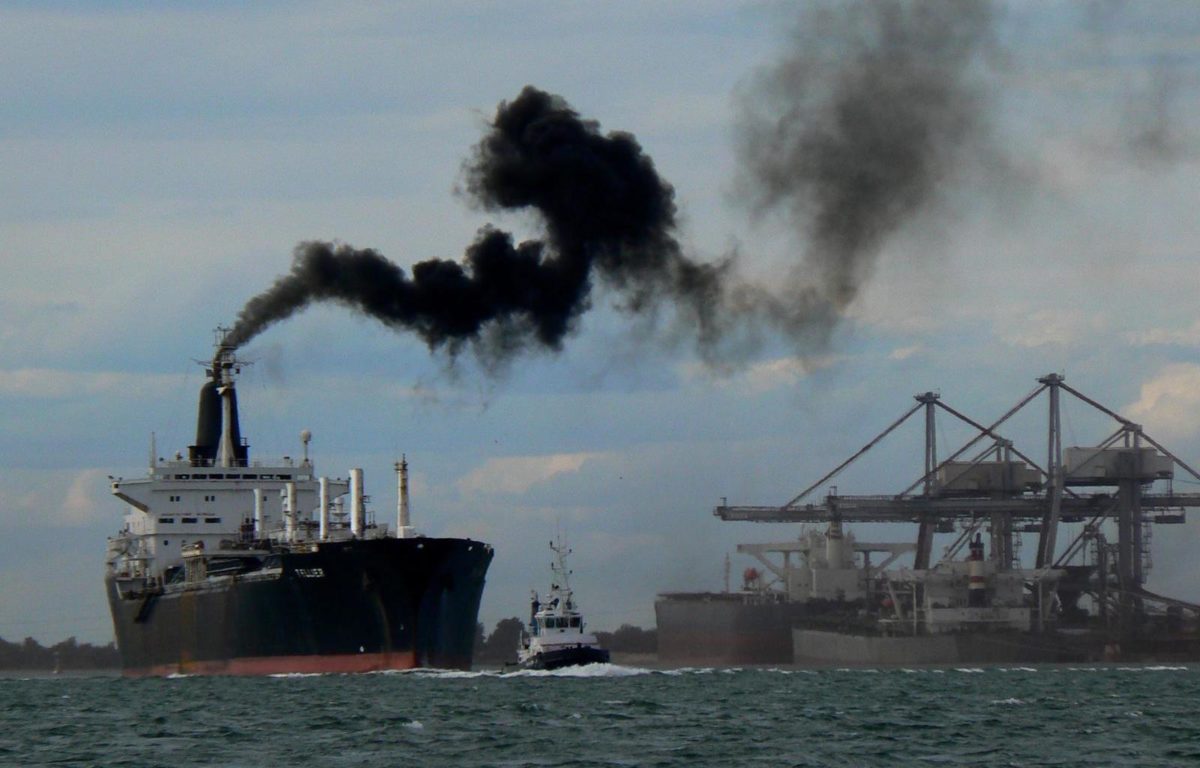
 By Jonathan Saul
By Jonathan Saul
LONDON, Nov 15 (Reuters) – Global efforts to cut greenhouse gas emissions will continue even after the election of climate change skeptic Donald Trump to the U.S. presidency and momentum is growing to cut ship pollution, the United Nations’ shipping agency chief told Reuters.
Trump has called global warming a hoax and has promised to quit the 2015 Paris climate agreement.
Kitack Lim, Secretary-General of the International Maritime Organization (IMO), said in an interview this week: “I believe the main policy of the Paris agreement will be maintained … I am rather optimistic.”
U.N. Secretary-General Ban Ki-moon said on Tuesday action on climate change had become “unstoppable”.
Ban, at a meeting of 200 nations in Morocco to work out ways to implement the Paris agreement, expressed hopes that U.S. president-elect Trump would drop plans to quit a global accord aimed at weaning the world off fossil fuels.
The shipping industry, like aviation, was excluded from any target cuts under the Paris deal, which set a goal of restricting the rise in global average temperature to less than 2 degrees Celsius.
But last month, the UN’s aviation agency ICAO approved an accord to curb aviation pollution which will set voluntary targets from 2021 to 2026 and become mandatory from 2027 for states with larger aviation industries.
U.N. climate chief Patricia Espinosa said it hoped IMO parties could follow ICAO’s example towards transformational change.
Shipping now makes up around 2.2 percent of world emissions of carbon dioxide (CO2) and that share is forecast to rise dramatically if nothing is done to slow it.
The London-based IMO says shipping is more complex than aviation as there are multiple sectors within the industry, including oil tankers and container ships.
“It is not appropriate just to compare shipping and aviation – they have their own operational features,” Lim said.
But he said the IMO had made progress and adopted regulations, which came into force in 2013, where ships built after 2025 must be at least 30 percent more energy efficient. Lim said more than 1,900 vessels had already been built to meet the standards.
In October, the IMO’s Marine Environment Protection Committee agreed that ships must record and report their fuel oil consumption, an accord that will come into force in early 2018 with data collection set to start in 2019.
The committee also set global rules to limit sulphur emissions from ships which will come in from 2020. And it established a “road map” towards the adoption of final CO2 reduction commitments in 2023.
Environmental campaigners see this approach as too slow. But Lim said the IMO’s action on sulphur emissions last month showed it can deliver.
“It is not important whether we say we can make it in two or three years,” Lim said. “What is more important is that we can establish a concrete plan which is not too far from now and how to implement that.”
(Additional reporting by Alister Doyle and Nina Chestney in Marrakesh. Editing by Jane Merriman)
(c) Copyright Thomson Reuters 2016.

 Join The Club
Join The Club












